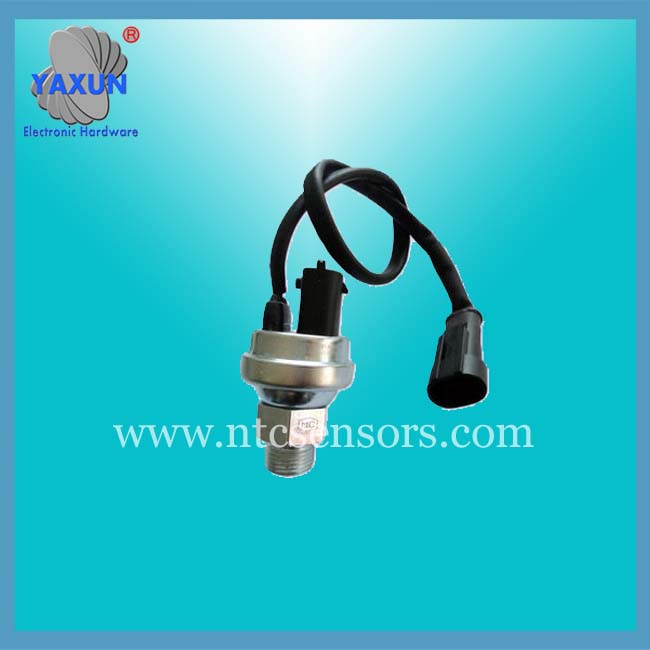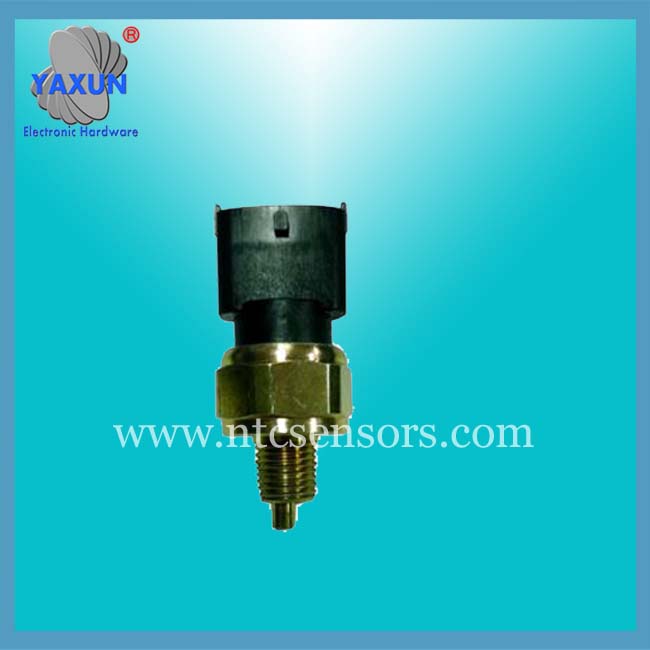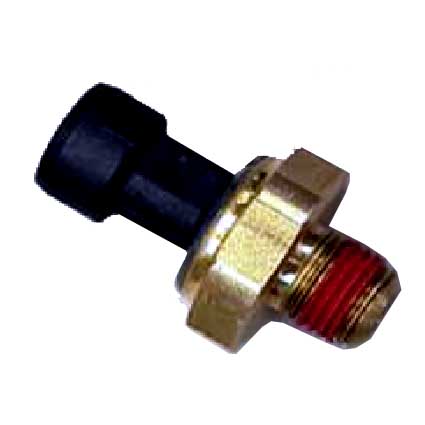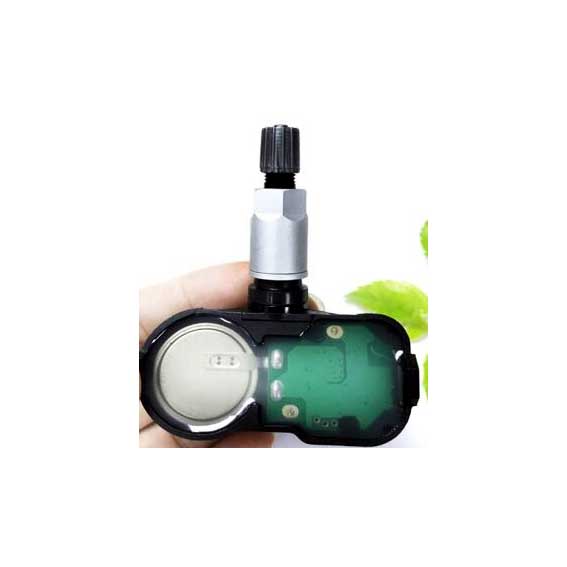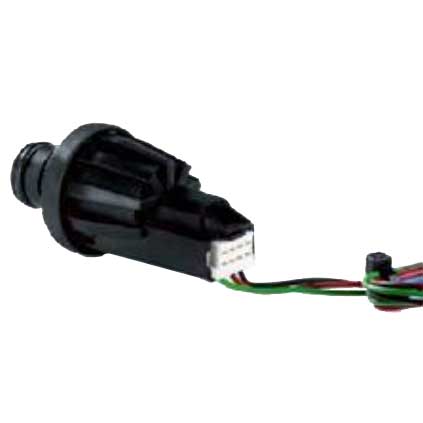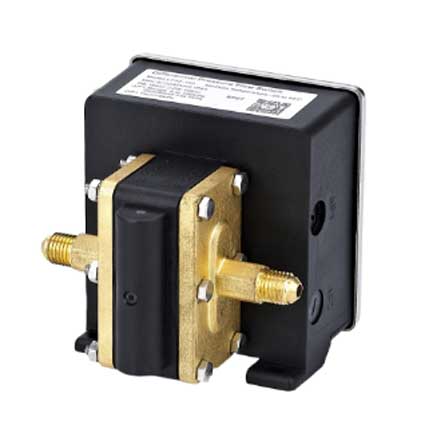Single Output Oil Pressure Temperature Sensor
- PRODUCT DETAIL
Adjustable range, up to 1.5MPa
Output signal to the engine ECU, oil pressure for the linear voltage output, oil temperature for the resistance output
The electrical outlet is compatible with the AMP 181
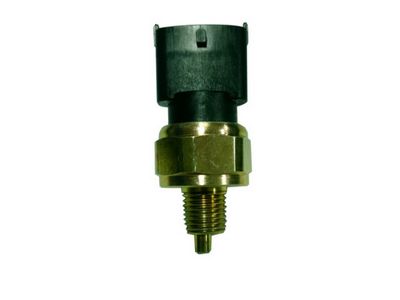
When the engine oil pressure temperature sensor fails, there will be two cases:
The engine control unit records the fault code or the engine control unit maintains the engine emergency operation with a substitute value. Thus, for the detection of new sensors, Need to analyze the signal waveform to determine whether the sensor failure, and then repair or replacement. Intelligent, miniaturized new sensor, For automotive testing to provide more high-quality data. Effectively enhance the collection of information data efficiency, Real-time monitoring of the vehicle control system, Effectively improve the efficiency of vehicle fault diagnosis. For the safety and efficiency of vehicle operation to provide protection.
The pressure signal is used for the linear control of the characteristics of the oil pump. The temperature signal is used for the engine heat management system. This sensor is installed in the main engine oil path and is subject to the oil pressure and oil temperature there. So no need to measure the oil temperature in the oil pan, but directly measure the actual engine oil temperature.
The engine oil pressure temperature sensor measures the absolute pressure of the engine oil and its temperature. The measured value is output as a pulse width modulated signal. The measurement method is based on a micro-mechanical piezoresistive pressure sensor (silicon). It provides an output signal proportional to the pressure. The temperature measurement is achieved by a diode. The internal structure of the sensor is shown in Figure 4. The pin arrangement is as follows, 5V: 5V supply voltage; PWM: engine oil pressure temperature sensor pulse width modulation signal; KI.31 E: Bus terminal KI. 31, Pressure and temperature sensor ground wire.
Engine oil pressure The temperature sensor is connected via a three-pin plug. As shown in Figure 5, the engine oil pressure temperature sensor is grounded from the engine control unit and a 5V supply voltage. The pulse width modulation signal is divided into three fixed periods.
The first cycle is used for synchronization and diagnostic signals.
The second cycle passes the temperature signal,
The third cycle passes the pressure signal.
Output signal to the engine ECU, oil pressure for the linear voltage output, oil temperature for the resistance output
The electrical outlet is compatible with the AMP 181

When the engine oil pressure temperature sensor fails, there will be two cases:
The engine control unit records the fault code or the engine control unit maintains the engine emergency operation with a substitute value. Thus, for the detection of new sensors, Need to analyze the signal waveform to determine whether the sensor failure, and then repair or replacement. Intelligent, miniaturized new sensor, For automotive testing to provide more high-quality data. Effectively enhance the collection of information data efficiency, Real-time monitoring of the vehicle control system, Effectively improve the efficiency of vehicle fault diagnosis. For the safety and efficiency of vehicle operation to provide protection.
The pressure signal is used for the linear control of the characteristics of the oil pump. The temperature signal is used for the engine heat management system. This sensor is installed in the main engine oil path and is subject to the oil pressure and oil temperature there. So no need to measure the oil temperature in the oil pan, but directly measure the actual engine oil temperature.
The engine oil pressure temperature sensor measures the absolute pressure of the engine oil and its temperature. The measured value is output as a pulse width modulated signal. The measurement method is based on a micro-mechanical piezoresistive pressure sensor (silicon). It provides an output signal proportional to the pressure. The temperature measurement is achieved by a diode. The internal structure of the sensor is shown in Figure 4. The pin arrangement is as follows, 5V: 5V supply voltage; PWM: engine oil pressure temperature sensor pulse width modulation signal; KI.31 E: Bus terminal KI. 31, Pressure and temperature sensor ground wire.
Engine oil pressure The temperature sensor is connected via a three-pin plug. As shown in Figure 5, the engine oil pressure temperature sensor is grounded from the engine control unit and a 5V supply voltage. The pulse width modulation signal is divided into three fixed periods.
The first cycle is used for synchronization and diagnostic signals.
The second cycle passes the temperature signal,
The third cycle passes the pressure signal.

